The concept of film photography intrigues most of our clients. The most common misconception is confusing film with a form of video. Sometimes, when I turn up at a photo shoot and they see me rolling my film, they are in awe and feel that we have brought them back in time! So I thought I would write a post today about film photography to hopefully help everyone understand the why and the beauty behind my chosen vessel for unfolding your stories 🙂

When I talk about film photography, it’s photography using film negatives, not video. Yes, it’s what our grandparents used to document our families a couple of decades ago! In fact, I use the same film camera that I used whilst I was still at university 17 years ago. I am so glad I kept it. It was my first camera.
Without trying to be too technical about it, the easiest way to explain why I capture images on film negatives is because of the extent of dynamic range it can capture effortlessly. From the darkest to the brightest parts of a scene. Have you ever seen your other half standing so beautifully in front of a sunset, then scratch your head wondering why the mental image you see and the photo you took on your phone look so different? Look at this example I found from a quick google search when finding a reference image about dynamic range. Notice the shadows and the lights areas.
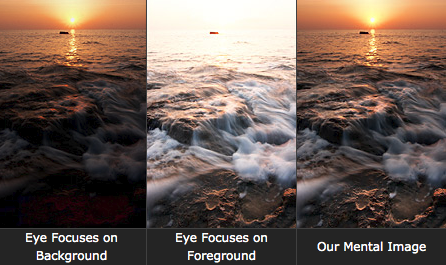
The scenario of the sunset portrait can be explained simply because the digital camera has a dynamic range ( we call this ‘stops’) that is significantly less that that of film. Something has to go.
To give you a rough idea of the ability of various mediums to capture a dynamic range…
– A Compact Digital Camera 5-7 stops
– A Digital SLR Camera 8-11 stops
– The Human Eye up to 24 stops
– Film Negatives up to 15 stops
As you can see, because of the ability of film to carry up to 15 stops, it renders colours and carry highlights and shadows beautifully – especially skin tones.
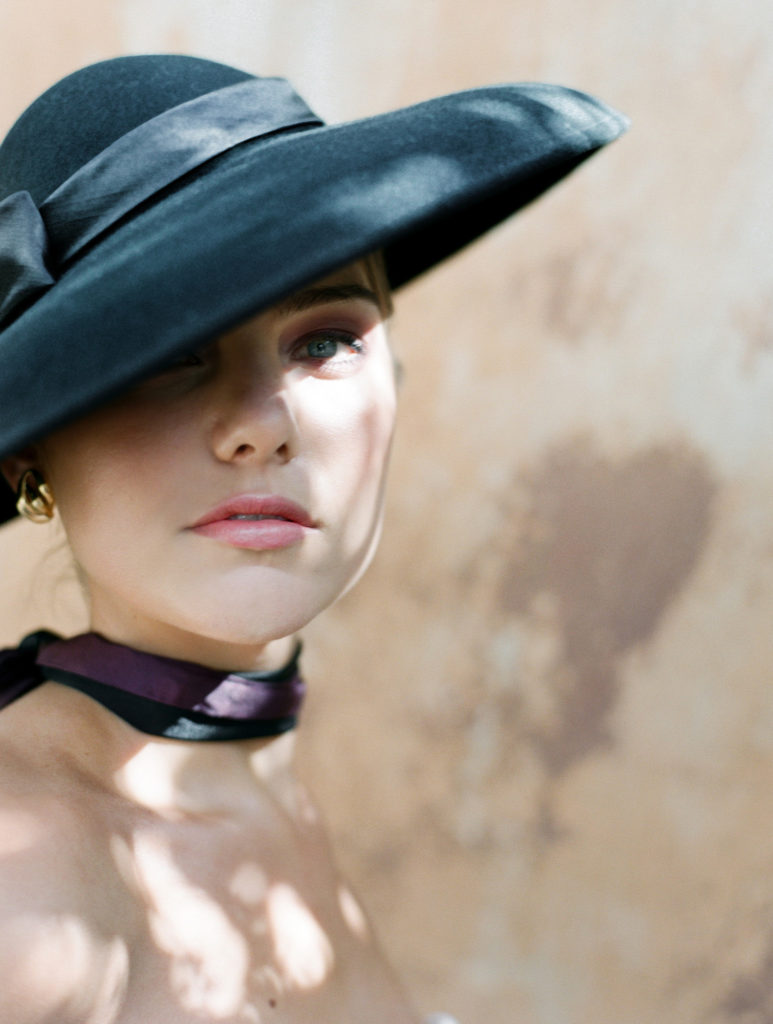
Observe her beautiful skin tones, and how we retain shadows in the dark areas whilst also retaining the sunspots without them blowing away into nothingness. The resulting portrait is also soft and real. It doesn’t feel plastic or cold. It has an organic, raw feel to it, which is attributed to the grains produced by the film emulsions. Almost imperfectly beautiful.
Here is another example. One is captured with film, the other one is captured on a digital SLR, and this is without editing. Observe how the details in her dress (where the bright parts of the image are) have been lost when I shot for the skin tones. If I underexpose the digital version to get nice details on the sleeves highlights – without editing – I might lose all the shadows details in the hair and the plants behind her.
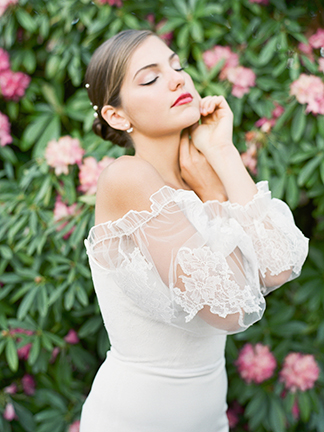
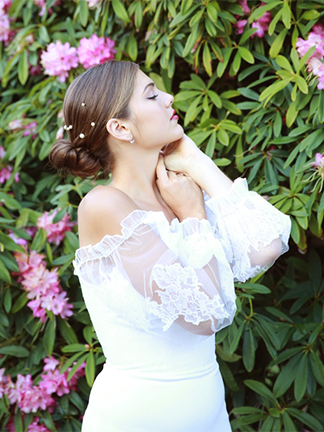
So now, let me share some of my most frequently asked questions during my consults. I hope it will bring some clarity!
- Can digital photographs look like film?
With the advancement of digital cameras, we can capture photographs in raw format and try to ‘mimic’ the film look… and yes, we can get pretty close! Though, there is a catch! Observe below:






Without a ‘guide’, there are a million ways to edit a digital image! There is no right or wrong when it comes to editing colours! An experienced film photographer would be able to ‘guess’ pretty close to real film colour rendering but it is almost impossible to get 100% match using solely our imagination.
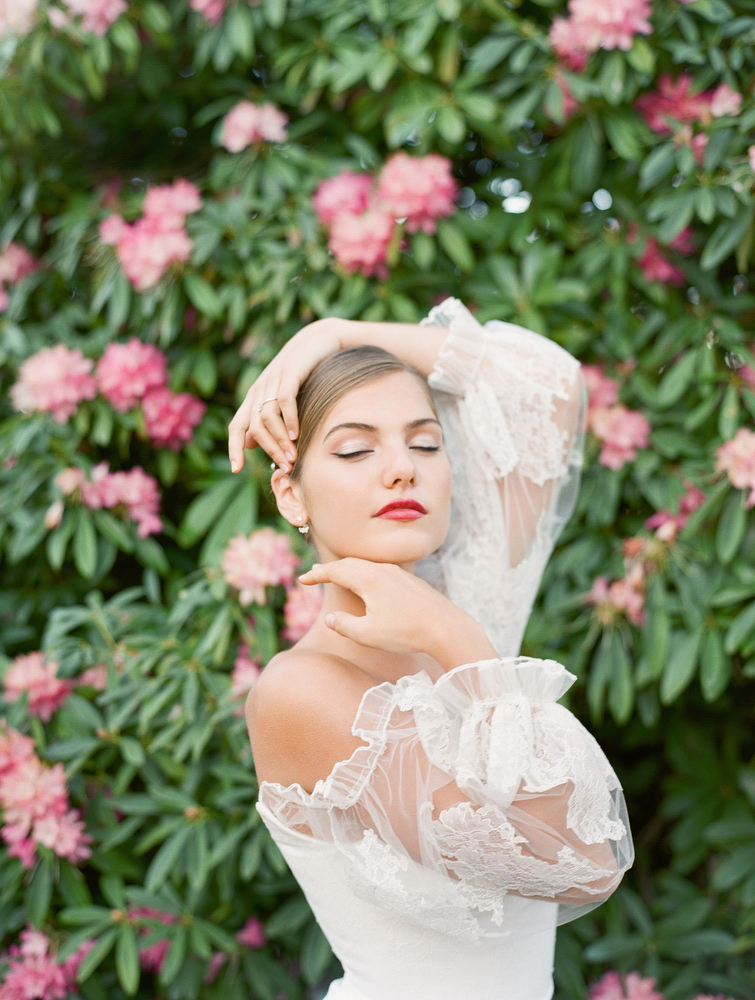
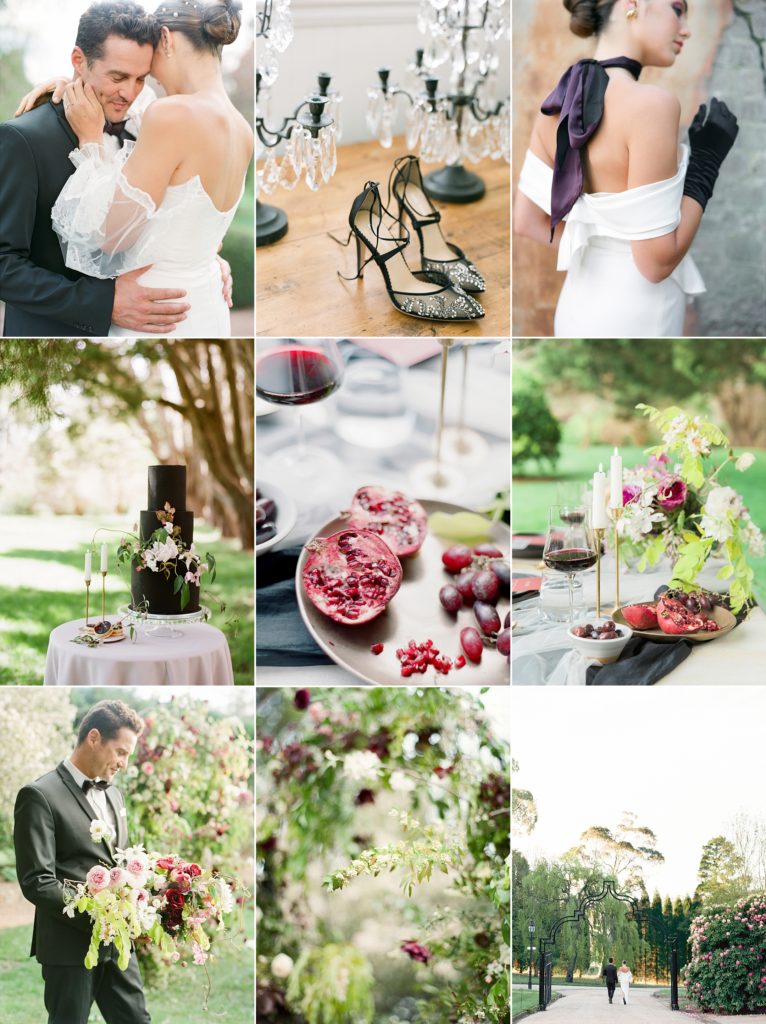
Above are some of the resulting images from this wedding editorial shoot at Hopewood house.
Imagine getting these kinds of photographs that unfold your story in a beautiful, light-filled, soft and cohesive manner. It’s timeless. We don’t rely on filters to get these rich soft colours, but rather we simply use gorgeous light, the film camera and film negatives! These colours will never become out of date, and it will preserve your beauty and story as they did with Audrey Hepburn’s portraits and legacies.
- Do you only shoot with film?
Film is the main driver of my vision. However, like everything in life – it has its limitations too. Film shines where there is an abundance of light. Whereas digital cameras thrive when there is a lack of light. So I use both mediums to photograph weddings, depending on the situation, circumstances and light conditions. I rotate between my tools instinctively. They are both like an extension of my arms and my eyes. Our goal is so that you wouldn’t know what we use to unfold your stories. The colours will be consistent, and will be guided by our film photographs!
The other reason I photograph in film and digital format is so I can sleep at night knowing that I have digital backups to your film photographs! This has never happened before (touch wood), to have lost film in transit, but it’s just better to be safe than sorry!!! Most of the photographs you will get will be film. If there were any digitals because the backups hold stories that need to be included – you wouldn’t be able to tell. The hero is not the film – it’s your story.
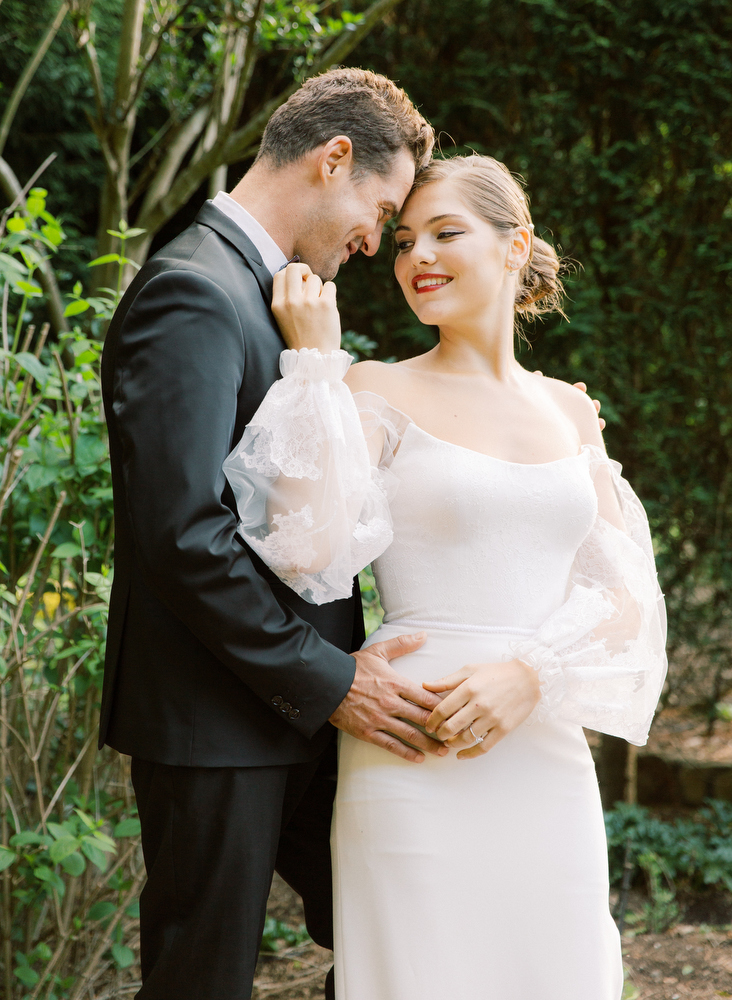
Canon 5DMK 3- matched to film
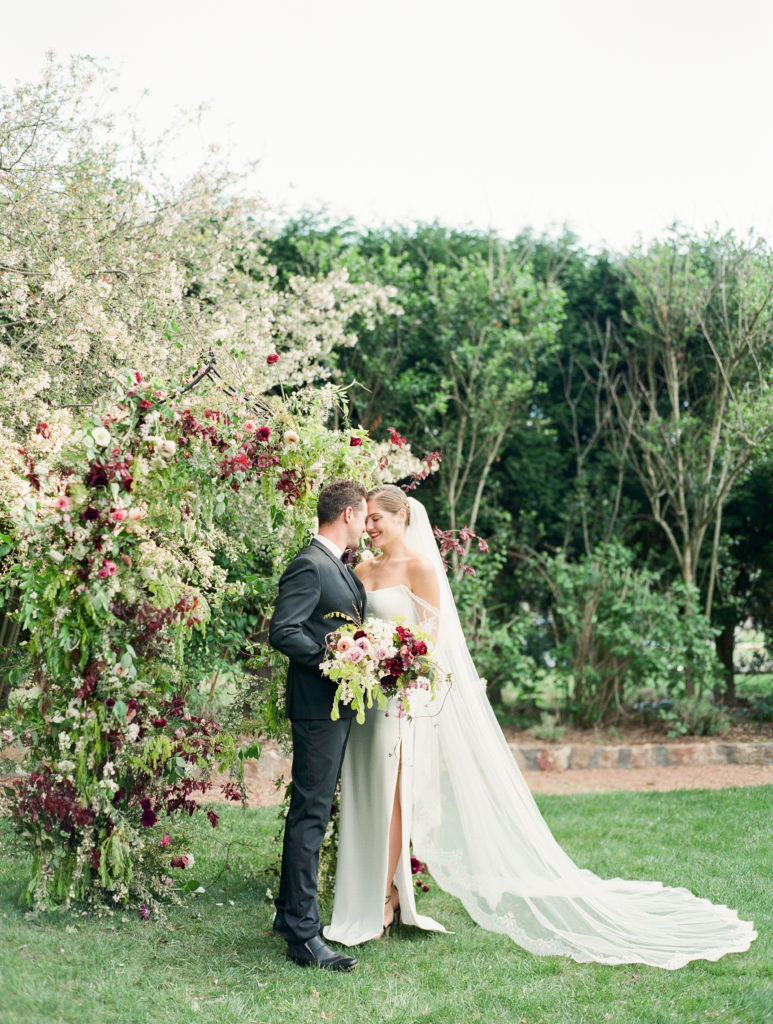
Contax 645 | Fuji 400H
- How do I get the photographs from the film negatives?
You won’t have to go to a traditional film lab to get your films reprinted! After we finished photographing your wedding, or pre-weddings, etc, we will send these precious films to a professional fine art film lab we trust. They will develop these negatives carefully and scan them based on my preferences. Then I will receive digital versions of the photographs captured on film!
After these film digitals arrive, we will combine them with the rest of the photographs taken on the digital camera, and we will process the digitals and edit them to look as close as possible to the film digitals. The goal is for you to not be able to tell the difference!
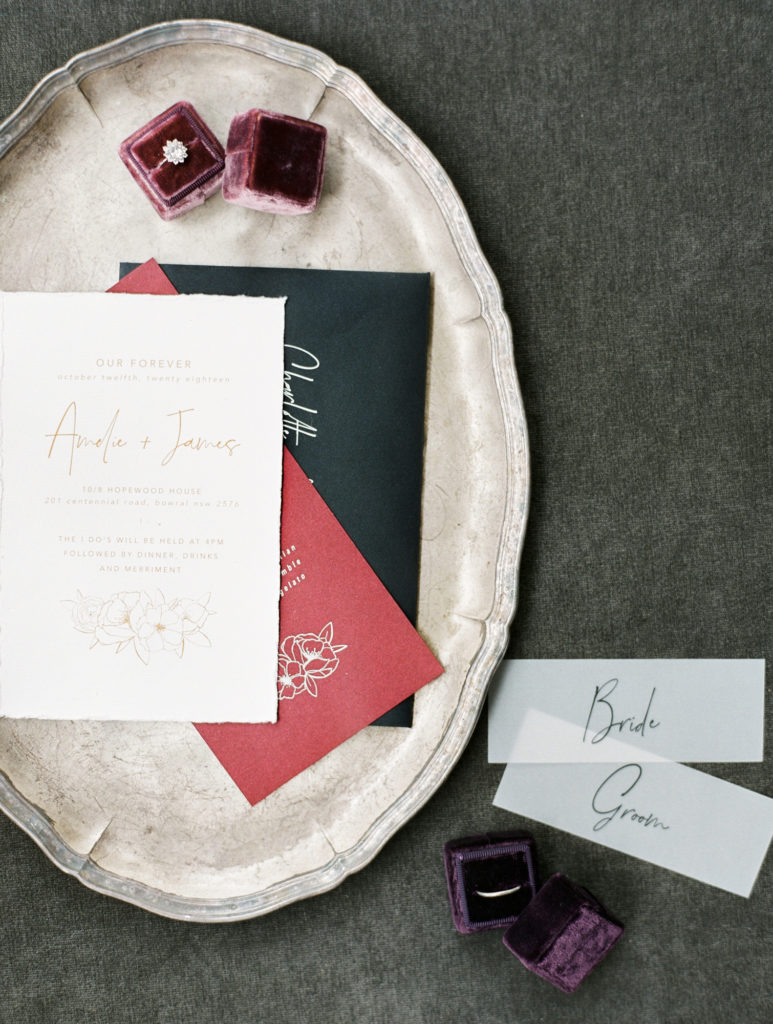
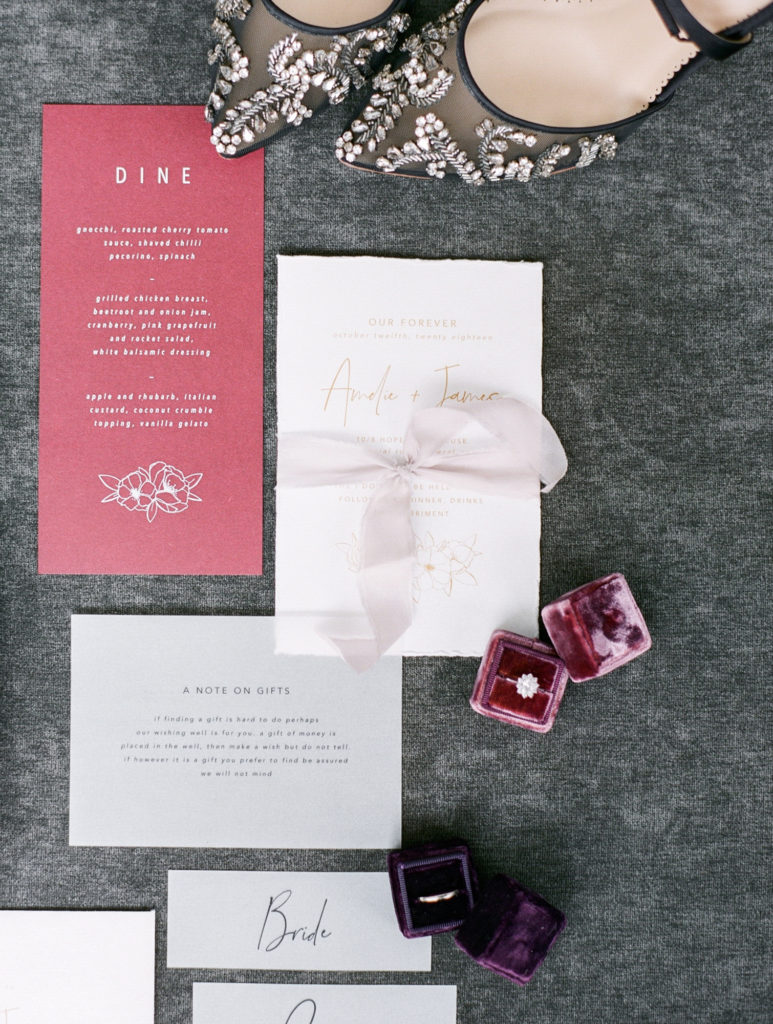
Contax 645 | Fuji 400H
- Do I need to purchase the film negatives?
Out of 20 of our clients, perhaps 1 would want them as a keepsake for sentimental reasons. You may do that if you like, but technically there is no need for them as we have extracted the digital versions of them. If you would like them, we charge a small fee of $150 to arrange this for you.
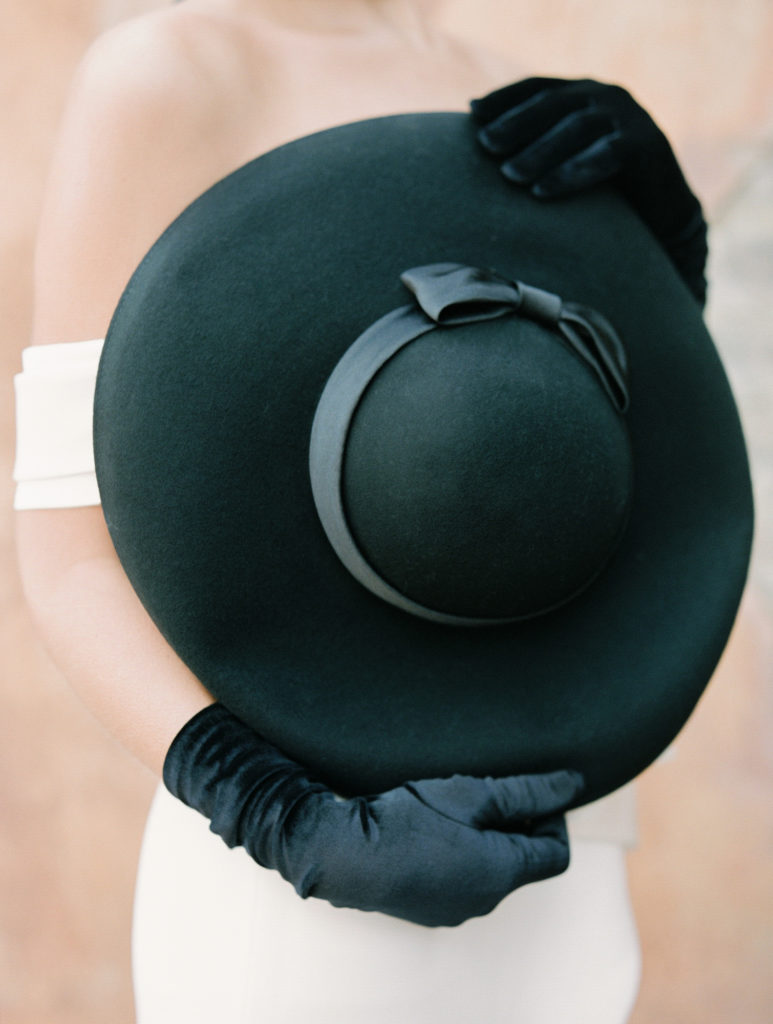
I hope this has helped you understand the beauty of fine art film photography and the reason I fell in love with it. Most of my clients, especially the ones looking for wedding photography, will tell me that at the beginning of their search, they had no idea of the different styles of wedding photography. Then they will keep getting drawn to certain aesthetics – this will usually lead them to discover that every single photographer they love, is a film photographer! Once you fall in love with film photography – just like me, it is very difficult to fall out of love with it!
Film photography is definitely an old art that is precious and I am grateful you are trusting me to use it to tell your story. Some things just never grow old. They only get more beautiful with time 🙂

Creative direction Olea and Fig – Venue Hopewood House -Bridal Boutique Helen Rodrigues Bridal – Wedding Dresses Alon Livne White and Inbal Dror – Wedding Films Anne Esteban Productions – Shoes Bella Belle Shoes – Film Lab Atkins Pro Lab – Silk Ribbons Songbird Silk – Styling Mat The Styling Mat – Cakes Sugar Pot – Flowers Alice Beasley Flowers – Hair, Makeup & Beauty Kaori Harigae
– Modeling Vivien’s Model Management – Calligraphy White Ink Design Co. – Ring Boxes Voeu du Coeur
AS FEATURED ON THE WEDDING CHICKS
January 15, 2020
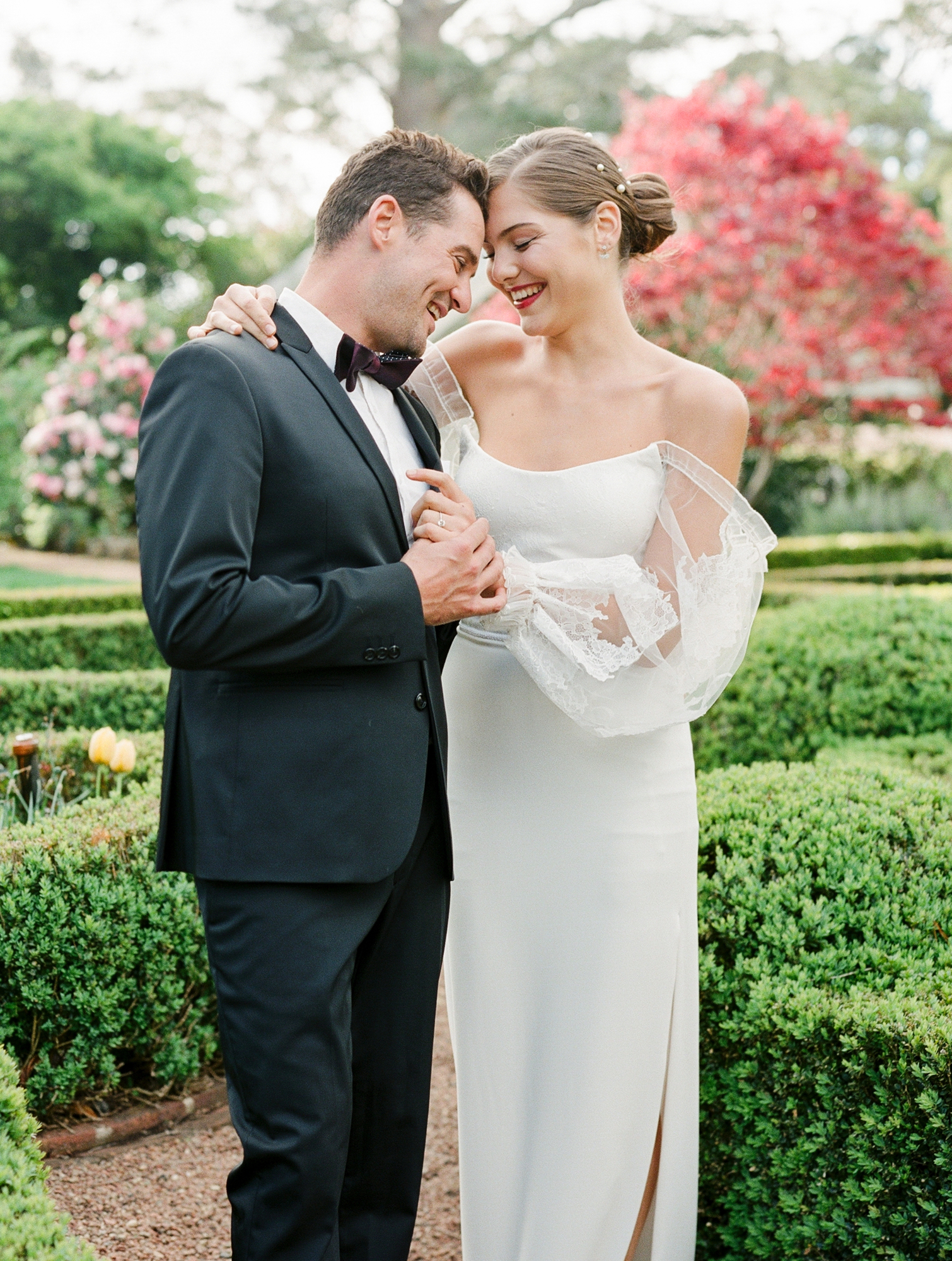
ADD A COMMENT
+ COMMENTS